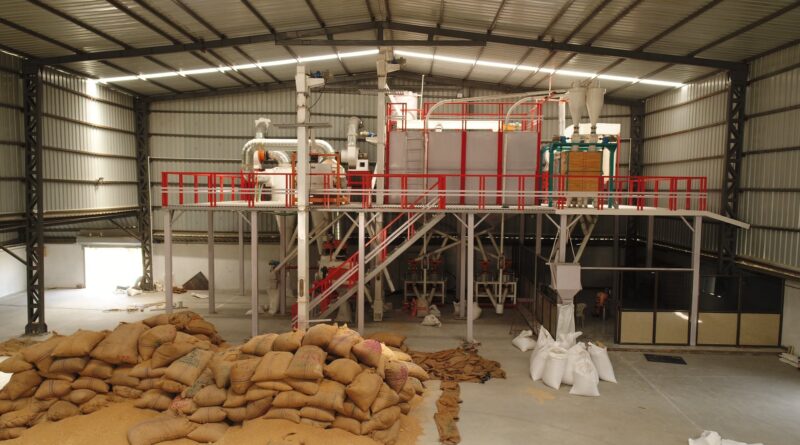Wheat stocks in govt warehouses at 16-year low after record state sale
By Reuters
Wheat stocks in India’s government warehouses on May 1 were down 10.3% year on year to their lowest since 2008 after two years of low crops prompted the sale of record volumes to boost domestic supplies and lower local prices.
At the start of the month wheat reserves in state stores totalled 26 million metric tons, down from 29 million metric tons in May 2023, according to the state-run Food Corporation of India.
May wheat inventories are higher than April stocks of 7.5 million metric tons after new season purchases by the Food Corporation of India bumped up reserves.
Higher temperatures clipped output in 2022 and 2023.
Despite the tight supply, New Delhi has resisted calls to encourage imports by cutting or removing the current 40% tax on imports or by buying directly from leading suppliers such as Russia.

Instead, it has dipped into state reserves to sell to bulk consumers, such as flour millers and biscuit makers, to try to curb domestic prices that have been above the state-fixed minimum buying price since the past crop was harvested.
The Food Corporation of India began selling wheat to private players in June 2023 and has so far sold a little more than 10 million tons, a record from state reserves.
India grows only one wheat crop a year, with planting in October and November and harvesting from March. The new season purchases start in April, augmenting state stocks from May.
Although this year’s May stocks are lower than last year, inventories are higher than the government buffer and strategic reserve target that requires wheat stocks to be held at or above 7.46 million tons for the quarter beginning April 1.
India failed to achieve its wheat purchase target in 2022 and 2023, followed by a slow start to this year’s purchases.
New Delhi banned wheat exports in 2022 despite a rise in export demand as the Russia-Ukraine conflict led to a global shortfall.
This article has been republished from the Business Standard.

